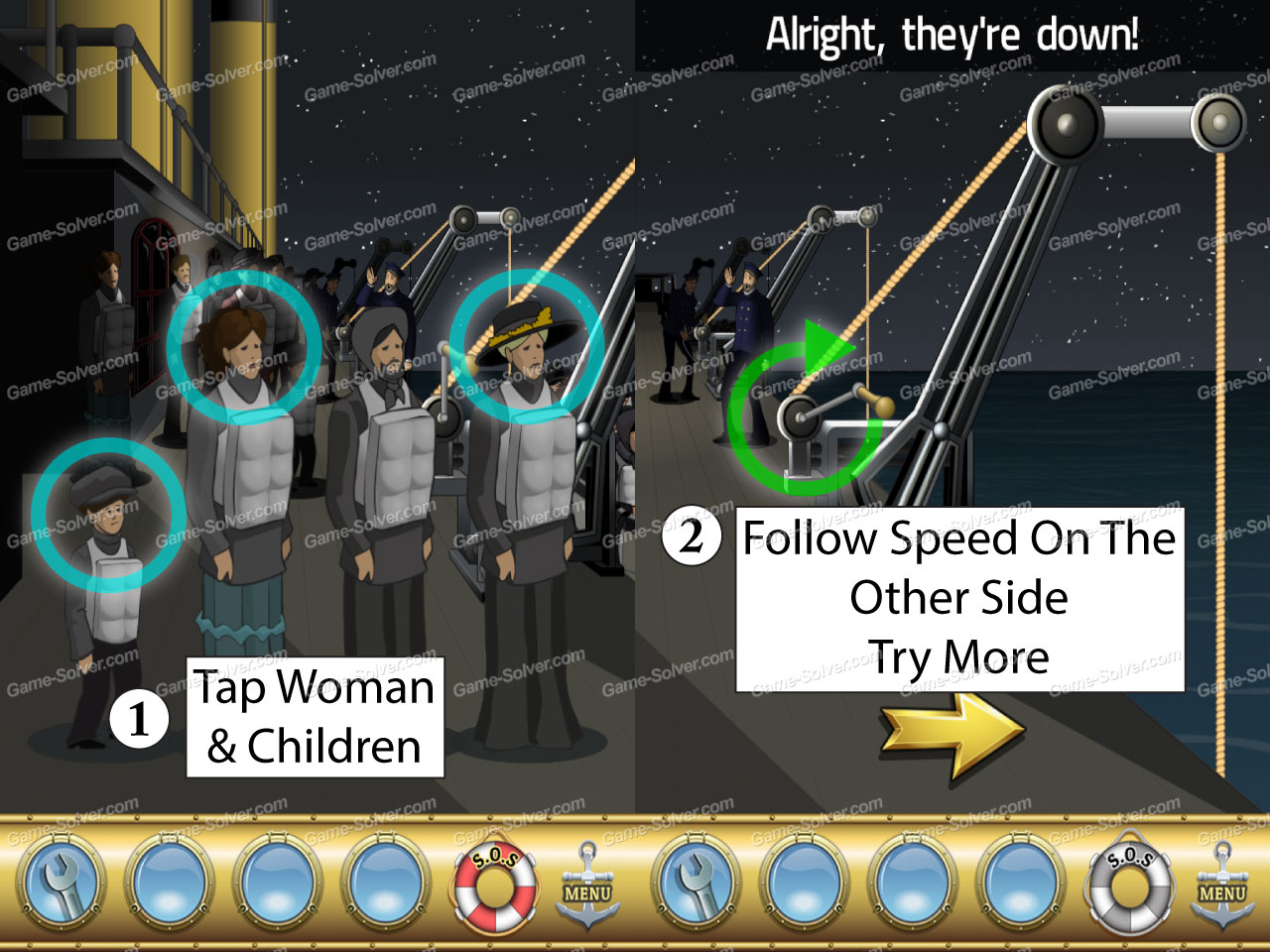
Until now, our tools to stop outbreaks have been blunt. On March 5, the rabbi of Young Israel announced that he, too, had contracted the virus.Įliminate the super-spreaders and you end the pandemic. The son's college shut down, as did the daughter's high school. Anyone who had been at Young Israel the weekend of February 22 was asked to quarantine, but dozens were already infected, including two of the caterers at the bar and bat mitzvah. So did the friend who had driven him to the hospital, along with members of the friend's family. The man's wife and two children tested positive. In the days that followed, the case count in New Rochelle began to climb.

He was one of the first people in the US known to have gotten the virus through community spread. Instead, a friend drove him to the hospital, where a few days later he tested positive for SARS-CoV-2. But it wasn't until February 26, when he developed a fever, that he, as he put it, “started to put two and two together.” He was due to travel to Washington, DC, the following week for the annual conference of the American Israel Public Affairs Committee, where he would be in the same room with members of Congress and heads of state. When the cough didn't go away, he thought about making a doctor's appointment. “I felt a cough, which wasn't crazy, and I thought it was allergies,” the man later told the New York Law Journal. Inside the eruv, some rules of the sabbath are relaxed, as if the whole neighborhood were a communal home. His house was close to Young Israel, within the boundaries of the eruv, a symbolic perimeter identified by telephone poles, power lines, and other landmarks.

Despite the demands of his job, he was a family man, someone who was as eager to play Connect 4 with his kids as write a brief for whatever big case he was working on. He and his wife had four children, though only two lived with them at the time-a son who went to college in Manhattan and a daughter who was still in high school. The next day, the man went to his synagogue, Young Israel of New Rochelle, as he did every Saturday. At that moment, there were 34 confirmed cases of Covid-19 in the United States, all of them linked to international travel. At the end of the workday on Friday, February 21, the man made his way to the platforms for the New Haven line, boarded a train, and rode 30 minutes north to a commuter town in Westchester County called New Rochelle.

He and his wife ran a small firm, specializing in estate law, on the 47th floor of the building he spent his hours there helping people negotiate death. He worked as an attorney in a high-rise on 42nd Street that had direct access to the station, where trains departed every few minutes to 122 towns in New York and Connecticut. He was one of 750,000 people, give or take, who passed through Grand Central Terminal that day. This content can also be viewed on the site it originates from.


 0 kommentar(er)
0 kommentar(er)
